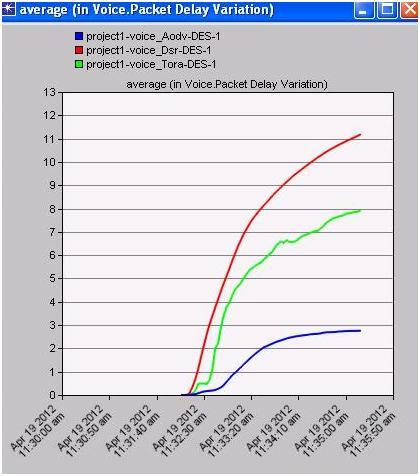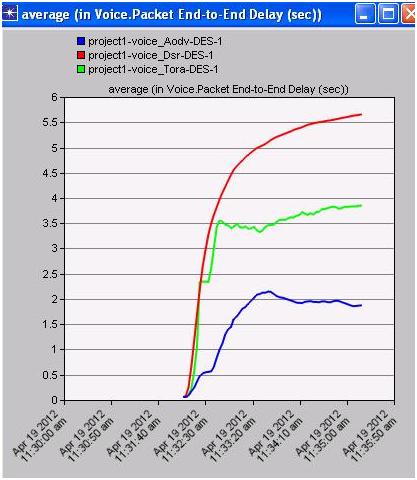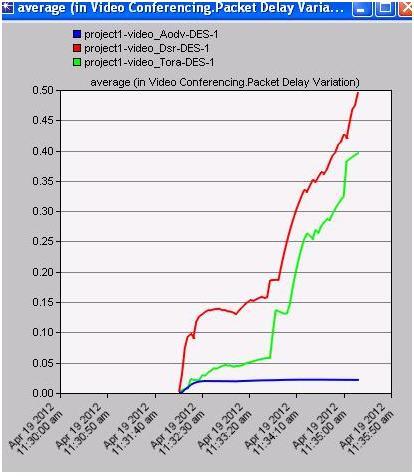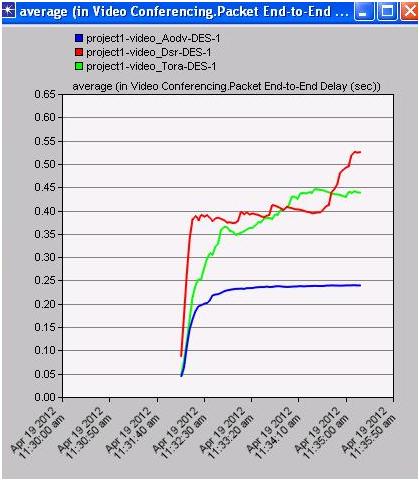Collecting a data to identifying a person in manual way is time taking process, involves more risk for implementation and maintaining the data. In the present world data was easily misused by frauds. To secure a data from those people’s data should be maintained very confidential and access of data should be highly secure. For maintain the data in such manner we need highly protected system to maintained above things. For that Biometric system is very useful.
The Biometrics system is a device, by using this maintaining and implementation of the data in high secured manner. Using this data was not misused by any other persons.
Biometrics is an automatic mechanism used for the capture the real time persons finger prints and pictures. Biometric is containing the three type of identification, the mechanism is automated, storage process and interact with different applications.
Biometric system is contains two stages
Stage one: Enrolment stage
Stage two: identification stage
Enrolment stage contains scanning the data and the obtained data was stored
Identification stage contains cross checking the data with stored data, if it is matched system gives the permission for the proceedings
A sensor is scan for the physical density and creating digital presentation, there are two type of the topology to identifying the Biometrics physical and behaviour. The physical is depends on the identifying faces, finger prints, Hand and eye. Behaviour is taking the signature of the person and voice.
The limitation of the using the Biometrics only the user allow to perform an identity otherwise it should paly alarm alters.
Cost also increasing to scan for different human identifications. Voice is the least cost one.
Hand and IRIS are the highest cost one and give the good performance.
The Iris is a technology is used for to identify for the retina and eye colour.
The IRIS data is identifying the using the Rainbow. The Eye black one most powerful identities, this is the Technology used to identifying the person in ATM Canter and cash machines. While using the ATM canter pictures should be captures very easily when any illegal thing should be happened. The IRIS data should be unique.
Download Technical CSE Seminar Topic on Bio Metric Systems .




